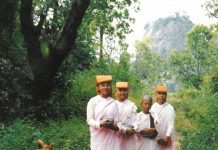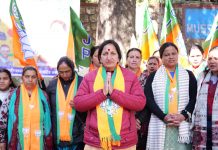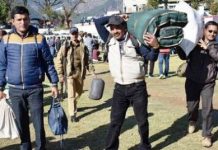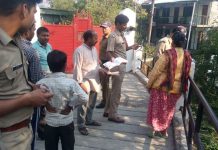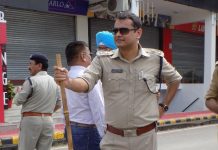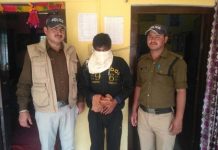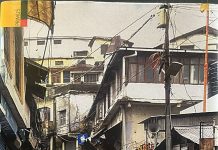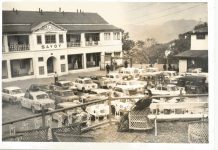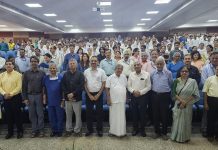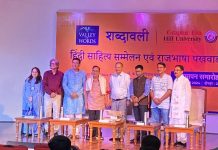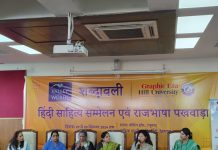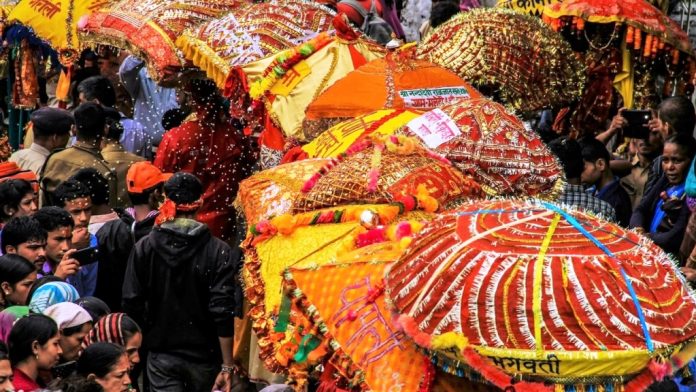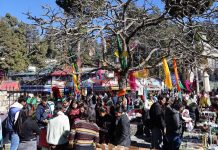Nanda Devi Raj Jat Yatra is known around the world as the largest inaccessible and difficult path for a pilgrimage which holds significance even today.
According to Historians, Nanda Devi was Goddess of ’Katyuri Rajvansh,’ and is ishtdevi of both Garhwal and Kumaon region and is endearingly called ‘Rajrajeshwari’. People believe that Nanda Devi is the sister of Goddess Parvati, and is worshiped throughout Uttarakhand.
History has it that Nanda Devi was amongst the seven daughters of King Daksh Prajapati who was married to Shiv and to-date is believed to live with her happily with her husband in the Himalayas. Some people believe Nanda to be the reincarnation of Parvati and is also known as Shiva, Sunanda, Subhanda, and Nandini.
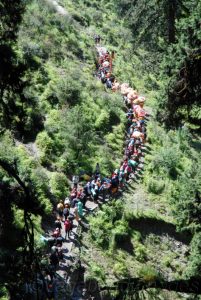
Raj Jat/NandaJat
The meaning of Raj Jat/Nanda Jat is Raj Rajeshwari Nanda Devi Yatra. Usually, Nanda devi yatra is an annual ritual, but every 12 years the grand Raj yatra is organized. It is believed that in the month of August or what we call ‘Bhadao,’ Nanda Devi takes her leave from her maternal home dressed as a bride and is carried in a palanquin decorated with presents like apparels, ornaments, food grains etc to her husband’s abode in the inner reaches of the Garhwal Himalayas.
On ‘shukla Ashtami’ Nanda bids farewell to her parents’ home i.e. Mayka and makes her way to her husband’s abode. A distance of 250km is covered in this pilgrimage from Nauti to Hemkund and that too on foot. While covering this distance people cross dense forests, snow-covered peaks, and meadows.
While the journey takes you across the most difficult of terrain, from Ridkidhar this Yatra becomes strenuous for both women and children, yet thousands of pilgrims complete this difficult journey.
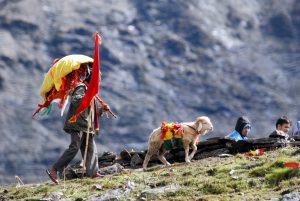
Importance of Khadu in Nanda Devi Rajjat Yatra:
One more important thing to know about Nanda Devi Rajjat Yatra is ’Chausinga Khadu’’, khadu or Himalayan ram or four-horned ram is an integral part of this Yatra.
Khadu/Ram is carried on the shoulders by Nautiyal Brahmans until Hemkund. After Hemkund, the Khadu travels on foot. Mythology has it that after the birth of the special Khadu, a lion visits that cowshed until the owner of the ‘Khadu’ voluntarily offers the ram for the Rajjat Yatra. During the entire journey, the ram/Khadu guides the crowd fearlessly.
It is said that the ram sleeps close to the Nanda Devi palanquin at night to protect it.
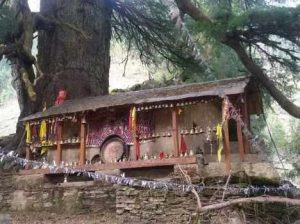
End of Journey:
The Yatra ends in ‘Vaan’ Village. In this village, a temple of God ‘Latu’ or the brother of Nanda Devi is situated, who is said to be worshipped before Nanda Devi.
Latu Temple Gates open on the Rajjat Day and after a special ceremony by Nautiyal Brahmans the doors are closed until the next Yatra. Except for these Brahmans, no one has the right to open the temple gate.
The last Nanda Devi Rajjat Yatra was held in 2014, with approximately 290 km covered. Many tourists from various parts of India and abroad come to partake in the Nanda Devi Rajjat Yatra.

